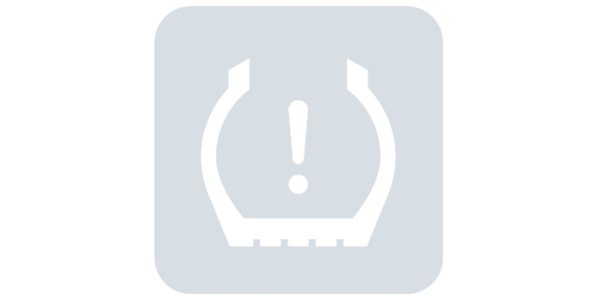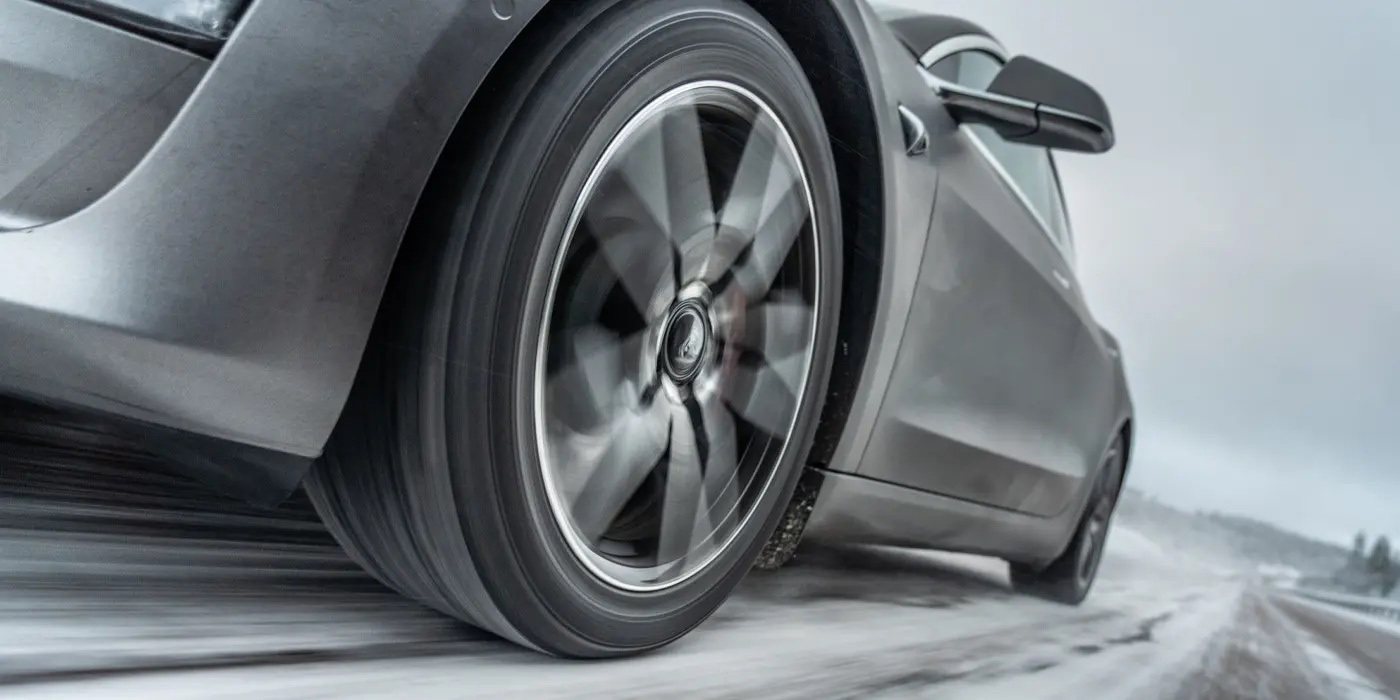
Tire-pressure monitoring systems (TPMS) have been a mandatory feature on new vehicles for over a decade. But in some form or another, they have been around for nearly 30 years. In that time, TPMS has gone from a very basic “early-warning system” to a highly accurate and sensitive safety feature that shares sensor information with stability, traction-control and braking systems.
TPMS falls into two categories: direct and indirect systems. Indirect systems use information from the ABS and traction-control systems to determine if an individual tire is underinflated. The theory behind indirect TPMS is that the circumference of a tire decreases slightly as it deflates, and the rolling resistance of the tire increases. By using individual wheel-speed-sensor information, the system can detect the difference between an underinflated tire and a properly inflated tire.
Direct TPMS is the most common system, which uses individual wheel-mounted sensors to transmit actual tire-pressure information to a central receiver module. It also is a very profitable design for those of us behind the counter, because these sensors have a limited battery life, can be damaged when a tire is run “flat” or sometimes in the process of mounting and dismounting tires.
Replacement choices for direct TPMS sensors may be either application-specific or universal, and each type has its place in the market. The application-specific sensor, also known as a direct-fit or pre-programmed sensor, comes right out of the package with some level of programmed information, ready to broadcast its radio-frequency signal to the vehicle. This type of sensor saves the installer the added steps of loading the ID
information onto the sensor, and some TPMS relearn protocols are effectively “plug-and-play,” with relearn being as simple as taking a short test-drive to pair the sensor with the vehicle’s receiver module (others still require relearn via a TPMS scan tool). The only real disadvantage to the direct-fit sensor is that they are limited by their pre-installed programming. The number of SKUs required to maintain adequate coverage could be prohibitive for a small store, or as part of a tire shop’s stocking program.

A popular alternative to the pre-programmed sensor is the universal sensor. With just a few SKUs, universal TPMS sensors can cover approximately 85% to 95% of the current market requirements. This reduces the store or shop’s inventory investment, but requires additional programming steps to create a functional sensor that is compatible with the vehicle’s receiver.
TPMS sensors transmit RF signals in one of two bandwidths: 315 MHz or 433 MHz. With universal TPMS products, it’s possible to program vehicle-specific information onto a “blank” sensor of the proper frequency and create a “clone” of the original OEM sensor. Many universal sensors require proprietary software and hardware, which needs to be periodically updated to include the newest model information, and different brands of universal TPMS sensors may not be compatible with
competitors’ programmers.
Certainly, there is a trade-off between the ease of programming/relearn of direct-fit sensors and the versatility of universal sensors. With several direct-fit and universal options available in today’s aftermarket, the parts specialist can offer TPMS solutions that fit the needs of well-equipped tire shops as well as products for customers who aren’t heavily invested in TPMS repair.













